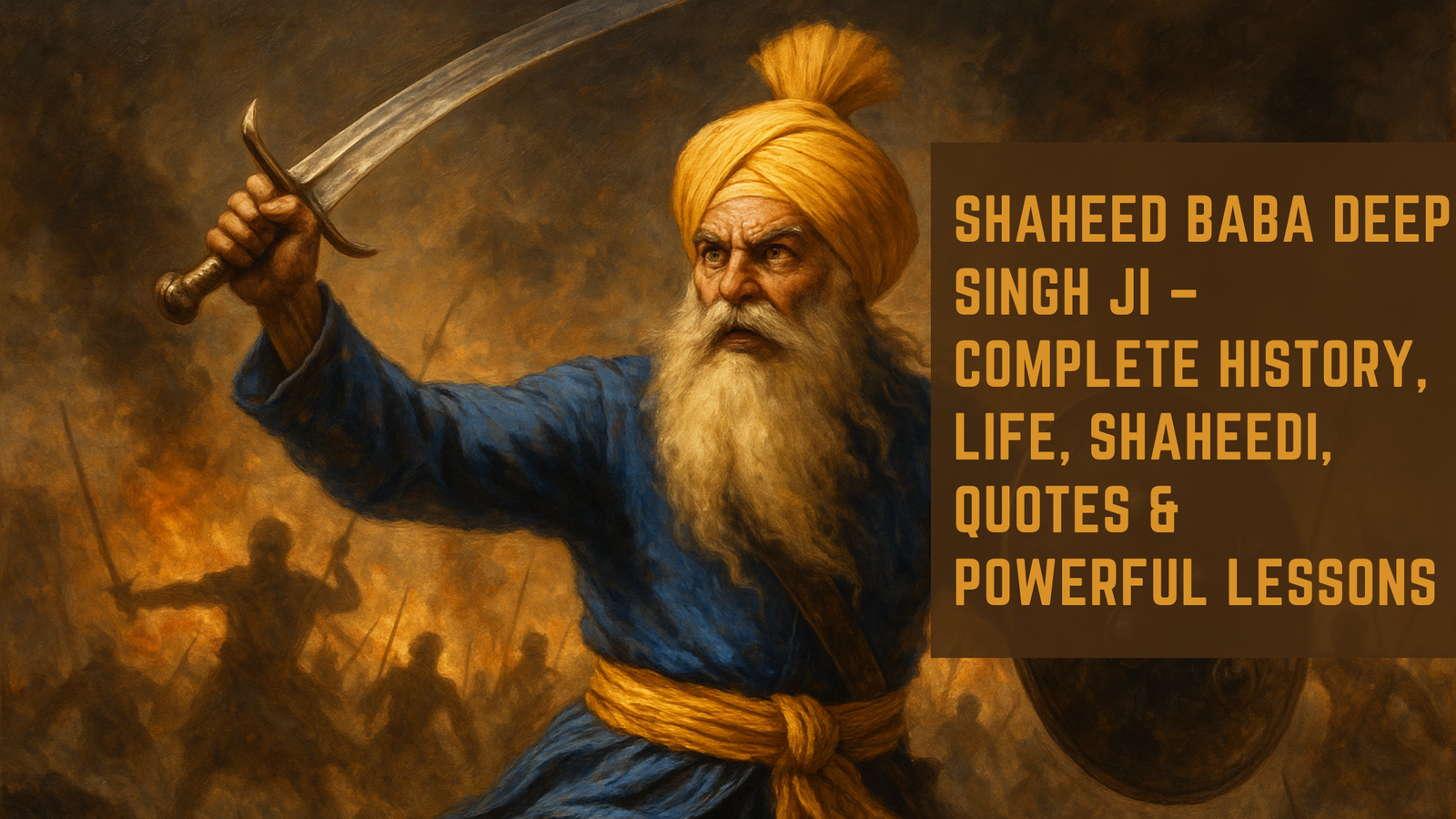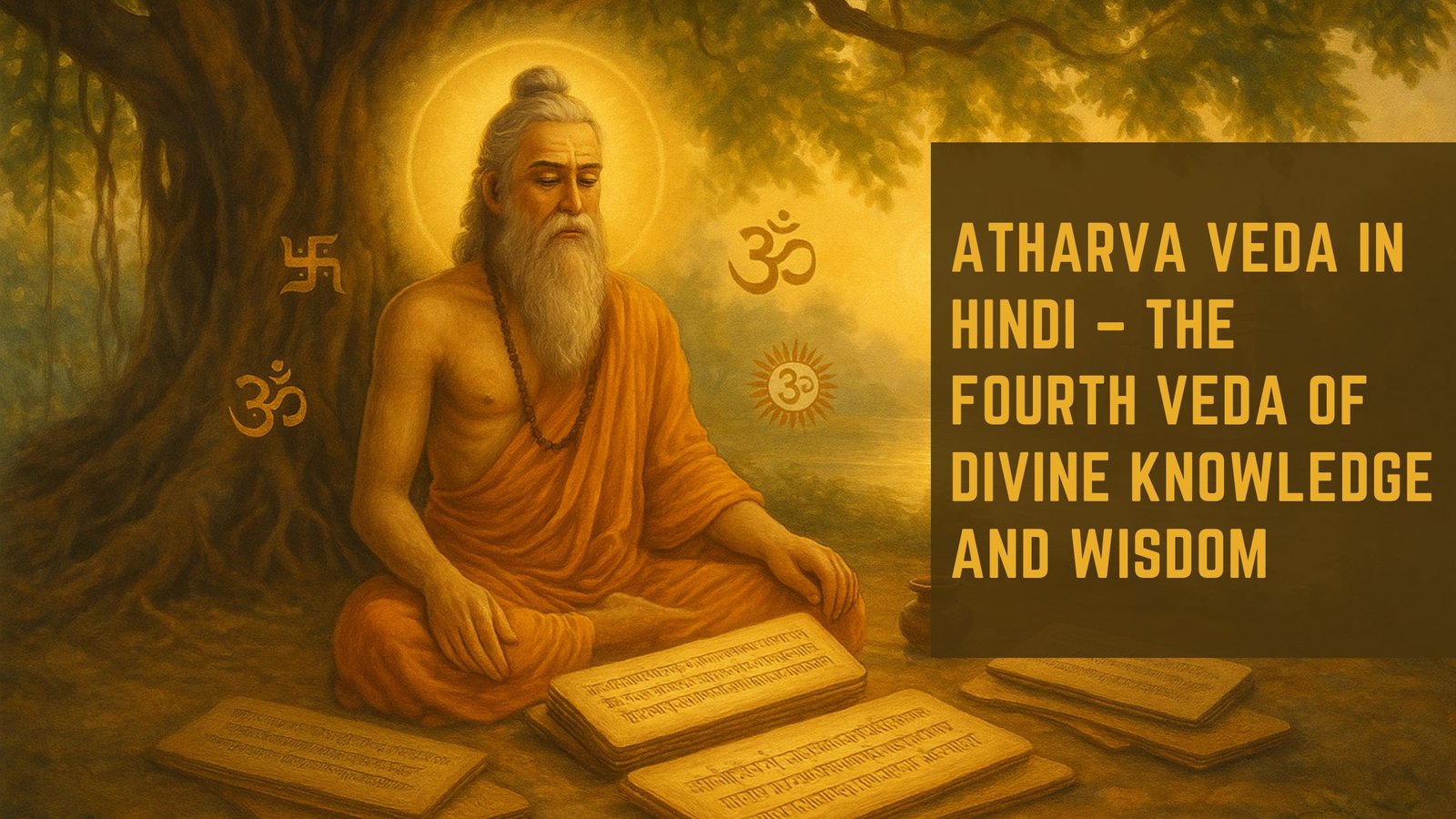The Bhagavad Gita, often referred to simply as the Gita, is a 700-verse Hindu scripture that is part of the Indian epic Mahabharata. It is a sacred text that has transcended time and culture, offering profound insights into the human condition and the nature of existence. The dialogue between Prince Arjuna and Lord Krishna unfolds on the battlefield of Kurukshetra, where Arjuna faces a moral dilemma about fighting in a war against his own kin.
The Gita addresses fundamental questions about life, duty, and the pursuit of truth, making it a timeless guide for individuals seeking clarity in their own lives. The teachings of the Bhagavad Gita have resonated with countless individuals across generations, providing wisdom that is applicable to various aspects of life.
Its exploration of concepts such as duty (dharma), righteousness, and the nature of reality has made it a cornerstone of Hindu philosophy. However, its relevance extends beyond religious boundaries, appealing to anyone grappling with existential questions or seeking a deeper understanding of their purpose. The Gita’s emphasis on self-awareness, ethical living, and spiritual growth continues to inspire people from all walks of life, encouraging them to embark on their own journeys of self-discovery.
Key Takeaways
- The Bhagavad Gita is a sacred Hindu scripture that offers guidance on how to live a fulfilling and purposeful life.
- Lesson 1 teaches the importance of finding one’s purpose and following one’s dharma, or duty, in life.
- Lesson 2 emphasizes the need for detachment from the fruits of one’s actions and non-attachment to material possessions.
- Lesson 3 highlights the significance of self-discipline in achieving personal and spiritual growth.
- Lesson 4 delves into understanding the true nature of the self and its connection to the divine.
Lesson 1: Finding Purpose and Dharma
One of the most significant lessons imparted by the Bhagavad Gita is the importance of finding one’s purpose, or dharma. Dharma refers to an individual’s duty or righteousness, which varies according to one’s position in life and societal role. In the context of Arjuna’s struggle, Krishna emphasizes that fulfilling one’s dharma is essential for personal growth and societal harmony.
Arjuna’s initial reluctance to engage in battle stems from his confusion about his responsibilities, but Krishna guides him to recognize that his duty as a warrior is not only to himself but also to the greater good. The Gita teaches that understanding and embracing one’s dharma leads to a sense of fulfillment and inner peace. When individuals align their actions with their true purpose, they contribute positively to the world around them.
This alignment fosters a sense of belonging and connection to something larger than oneself. The lesson encourages individuals to reflect on their unique talents, passions, and responsibilities, urging them to pursue paths that resonate with their authentic selves. By doing so, they can navigate life’s complexities with clarity and conviction.
Lesson 2: Detachment and Non-attachment

Another profound teaching of the Bhagavad Gita revolves around the concepts of detachment and non-attachment. Krishna instructs Arjuna on the importance of performing one’s duties without being overly attached to the outcomes. This principle is rooted in the understanding that attachment can lead to suffering and disappointment.
By cultivating a sense of detachment, individuals can engage fully in their actions while remaining unaffected by success or failure. The Gita emphasizes that true freedom comes from letting go of the desire for specific results. When individuals are attached to outcomes, they often experience anxiety and stress, fearing failure or loss.
However, by focusing on the process rather than the end result, they can find joy in their efforts and maintain equanimity in the face of challenges. This lesson encourages individuals to cultivate a mindset that values effort over achievement, fostering resilience and adaptability in an ever-changing world.
Lesson 3: The Importance of Self-discipline
| Metrics | Data |
|---|---|
| Attendance Rate | 90% |
| Homework Completion | 85% |
| Class Participation | 75% |
| Self-discipline Score | 8 out of 10 |
Self-discipline emerges as a crucial theme in the Bhagavad Gita, as Krishna underscores its role in achieving personal growth and spiritual development. The path to self-realization requires individuals to cultivate discipline in their thoughts, actions, and habits. Krishna advises Arjuna to harness his inner strength and focus on his duties with unwavering commitment.
This emphasis on self-discipline serves as a reminder that achieving one’s goals often necessitates sacrifice and perseverance. The Gita illustrates that self-discipline is not merely about adhering to rules or restrictions; it is about cultivating a sense of control over one’s mind and desires. By mastering oneself, individuals can navigate distractions and temptations that may hinder their progress.
This lesson encourages individuals to establish routines that promote productivity and mindfulness, ultimately leading them toward their higher aspirations. Through self-discipline, they can transform their intentions into actions that align with their values and purpose.
Lesson 4: Understanding the Nature of the Self
A central theme in the Bhagavad Gita is the exploration of the nature of the self (Atman). Krishna reveals to Arjuna that the true self is eternal and beyond physical existence. This understanding challenges individuals to look beyond their identities shaped by societal roles, possessions, or achievements.
The Gita teaches that recognizing one’s true nature leads to liberation from the cycle of birth and death (samsara) and fosters a deeper connection with the divine. The distinction between the physical body and the eternal self is pivotal in guiding individuals toward self-realization. By understanding that they are not merely their thoughts or emotions but rather an eternal essence, individuals can cultivate a sense of inner peace and resilience amidst life’s challenges.
This lesson encourages introspection and self-inquiry, prompting individuals to explore their beliefs and perceptions about themselves. Through this journey of understanding, they can transcend limitations imposed by external circumstances and embrace their inherent divinity.
Lesson 5: The Practice of Yoga and Meditation

The Power of Meditation
Meditation emerges as a vital component of this practice, allowing individuals to quiet their minds and connect with their true selves. The Gita teaches that regular meditation fosters self-awareness and helps individuals detach from external distractions. By turning inward, they can access deeper states of consciousness and gain insights into their thoughts and emotions.
Cultivating Inner Peace and Harmony
Krishna emphasizes that through dedicated practice, individuals can cultivate inner peace, clarity, and harmony within themselves. This inner transformation enables individuals to navigate life’s challenges with greater ease and equanimity.
Integrating Yoga and Meditation into Daily Life
This lesson encourages individuals to incorporate yoga and meditation into their daily lives as tools for personal transformation and spiritual awakening. By doing so, they can experience profound growth, leading to a more fulfilling and purpose-driven life.
Lesson 6: Overcoming Adversity and Challenges
The Bhagavad Gita acknowledges that life is fraught with challenges and adversities that test one’s resolve. Krishna reassures Arjuna that facing difficulties is an inherent part of existence; it is how one responds to these challenges that defines their character. The teachings encourage individuals to view obstacles as opportunities for growth rather than insurmountable barriers.
Krishna’s guidance emphasizes resilience in the face of adversity. By maintaining a balanced mindset and focusing on one’s duties without being swayed by external circumstances, individuals can navigate life’s trials with grace. This lesson inspires individuals to cultivate strength within themselves, reminding them that every challenge presents an opportunity for learning and self-discovery.
Embracing adversity as part of the journey allows individuals to develop greater compassion for themselves and others.
Lesson 7: The Path to Self-realization and Liberation
Ultimately, the Bhagavad Gita presents a path toward self-realization and liberation (moksha). Krishna teaches that through understanding one’s true nature, fulfilling one’s dharma, practicing detachment, cultivating self-discipline, engaging in yoga and meditation, and overcoming challenges, individuals can attain liberation from the cycle of birth and death. This journey toward self-realization is not merely an individual pursuit; it is also about contributing positively to society and fostering harmony within communities.
The teachings encourage individuals to embrace their spiritual journey with sincerity and dedication. By recognizing that liberation is attainable through conscious effort and self-awareness, they can embark on a transformative path toward enlightenment. The Gita serves as a timeless guide for those seeking meaning in their lives, offering profound insights into the nature of existence and the interconnectedness of all beings.
Through its teachings, individuals are inspired to pursue lives filled with purpose, compassion, and spiritual fulfillment. In conclusion, the Bhagavad Gita stands as a beacon of wisdom for those navigating the complexities of life. Its lessons on purpose, detachment, self-discipline, understanding the self, yoga practice, overcoming adversity, and ultimately achieving liberation resonate deeply with seekers across cultures and eras.
As individuals engage with these teachings, they are invited to embark on their own journeys toward self-discovery and enlightenment—transforming not only themselves but also the world around them in profound ways.
If you are interested in delving deeper into the teachings of the Bhagavad Gita and gaining a better understanding of its wisdom, I recommend checking out the article “The Wisdom of the Bhagavad Gita and Other Works by the Author” on thegita.in. This article explores the profound insights offered by the Bhagavad Gita and how they can be applied to our daily lives. It complements the 10 life lessons from the Bhagavad Gita by providing a more in-depth analysis of the nature of man and the teachings of this ancient text.
FAQs
What is the Bhagavad Gita?
The Bhagavad Gita is a 700-verse Hindu scripture that is part of the Indian epic Mahabharata. It is a sacred text of the Hindu religion and is considered one of the most important spiritual classics.
What are some of the life lessons from the Bhagavad Gita?
Some of the life lessons from the Bhagavad Gita include the importance of fulfilling one’s duty without attachment to the results, the concept of selflessness and service, the idea of finding inner peace and contentment, and the importance of maintaining equanimity in the face of challenges.
How old is the Bhagavad Gita?
The Bhagavad Gita is believed to have been written between the 5th and 2nd century BCE, making it over 2000 years old.
What are some of the key teachings of the Bhagavad Gita?
Some of the key teachings of the Bhagavad Gita include the concept of dharma (duty/righteousness), the idea of karma (action and its consequences), the importance of devotion and surrender to a higher power, and the concept of self-realization and spiritual growth.
How is the Bhagavad Gita relevant to modern life?
The teachings of the Bhagavad Gita are considered timeless and universal, and are relevant to modern life in terms of providing guidance on how to navigate the complexities of life, make ethical decisions, and find inner peace and fulfillment.
Is the Bhagavad Gita only for Hindus?
While the Bhagavad Gita is a sacred text of the Hindu religion, its teachings are considered universal and can be appreciated and applied by people of all faiths and backgrounds.
How can one apply the teachings of the Bhagavad Gita in their daily life?
One can apply the teachings of the Bhagavad Gita in their daily life by practicing selflessness, performing their duties with dedication and without attachment to the results, cultivating a sense of inner peace and contentment, and striving for self-realization and spiritual growth.
Are there different interpretations of the Bhagavad Gita?
Yes, there are numerous interpretations and commentaries on the Bhagavad Gita by scholars, spiritual leaders, and philosophers from various traditions. Each interpretation may emphasize different aspects of the text and offer unique insights into its teachings.
What is the significance of the Bhagavad Gita in Hinduism?
The Bhagavad Gita is considered one of the most important texts in Hinduism, as it presents key philosophical and spiritual teachings that are central to the Hindu worldview. It is revered as a guide for righteous living and spiritual growth.










